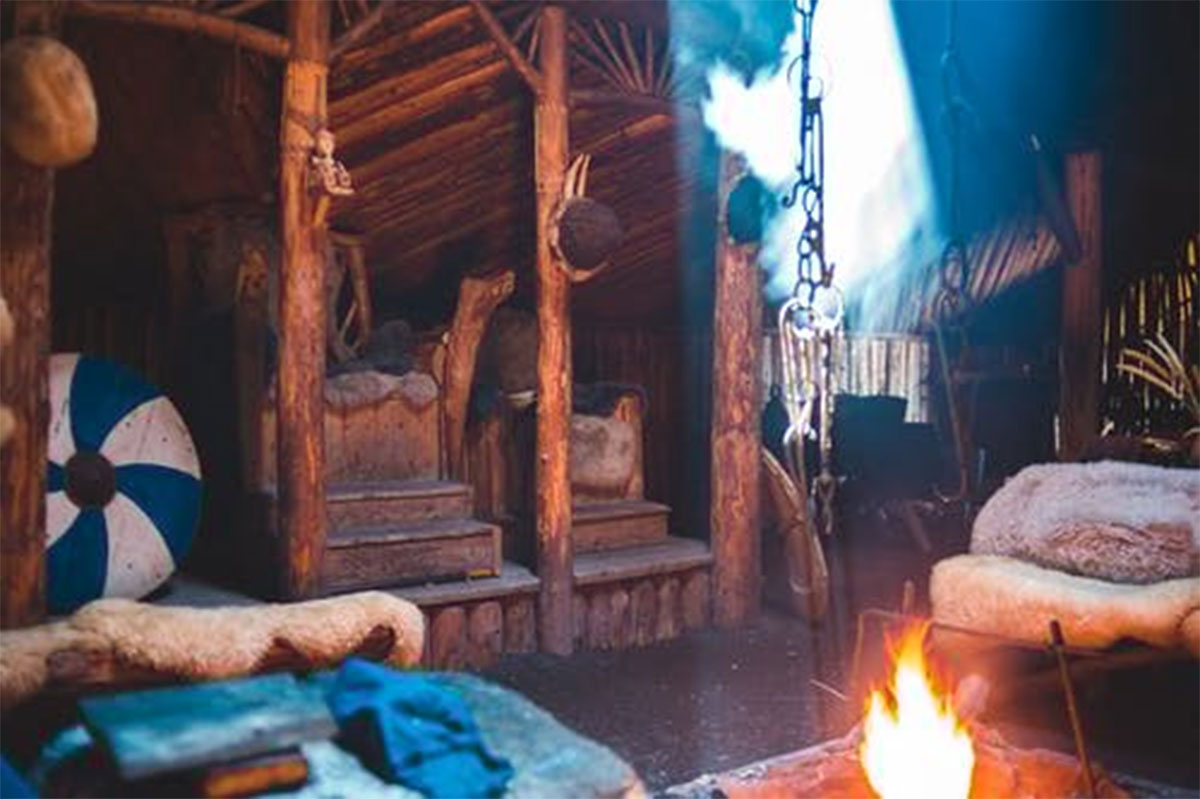The Viking Age may be almost a thousand years ago, yet today the Vikings keep our imagination captivating, affecting everything, from cartoons to fantastic costumes. Modern people are fascinated by the lives of these Vikings, as you can see in the number of films and television shows we continue to produce about them. The problem is, much is misinterpreted or disregarded. Vikings have far more than we may realize. Think are you familiar with your Vikings. Therefore, we explore the top things you should know about the Vikings.
Top 7 Things You should know about the Vikings.
Viking history is complete with myths, misinformation, romantic ideals, and laziness in pop culture. The facts of the Vikings are as interesting as their stories, and they profit from their factuality. Far from the violent, dirty, heroic beast of popular images, the Vikings were farmers, explorers, colonists, and traders. Their religions were diverse, society was stratified, and their culture was rich. Lean is the here the Top Things You Should Know About The Vikings.
- The Vikings were renowned for their excellent cleanliness.
Between rowing boats and enemies, Viking soldiers must have stunned Valhalla high, right? Quite the opposite. On excavations in Vikings, tweezers, razors, bundles, and ear cleaners made out of animal bones and antlers have been discovered. The Vikings were also bathed, at least once a week, far more frequently than everyone else in Europe, having pleasure in natural hot springs.
- To start fires, Vikings used a single liquid.
While they were clean freaks, the Vikings did not hesitate to use the possibilities of a human waste product. They would collect a fungus called tree bark touchwood and boil it for several days in urine before making it a felt item.
- The Vikings Helmets didn’t wear.
I do not remember any Viking warrior costumes. Of course, the ancient Norsemen wore the horn-footed helmet. The only genuine Viking helmet ever found has no horns. Inspired by northern European tales from ancient Greek and Roman chroniclers, painters developed the style in the 19th century. Historically, Viking, Norse, and Germanic priests used horned helmets for ceremonial reasons.
- The Vikings took part in slavery.
Many Vikings got rich via human trafficking. Women and young men were taken captive and enslaved as the English, Celtic and Slavic communities were plundered. Those “thralls” were then sold, as they were known, to enormous slave markets throughout Europe and the Middle East.
- Viking women had some fundamental privileges.
The Viking women had to mind the house as their men went on excursions as early as twelve. However, they were more independent than other women of their day. Until they became tribulations, Viking women could inherit property, seek a divorce, and receive their dowries to terminate their marriages.
- Vikings skied for joy.
Scandinavians developed primitive skis at least six thousand years ago, while ancient Russians may have made them earlier. In the Viking Age, Norsemen saw skiing as a practical and popular approach. You even adored a god of skiing, Ullr.
- Most of their lives were farming Viking males.
This might not be very reassuring. However, most Viking men utilized scythes and not swords. True, some were terrible pirates who left boats solely to attack cities, but the overwhelming majority cultivated barley, rye and oats quietly — at least partly throughout the year. They also brought up bovine, goat, pig, and sheep on their little farms, which usually provided enough food for a household.

